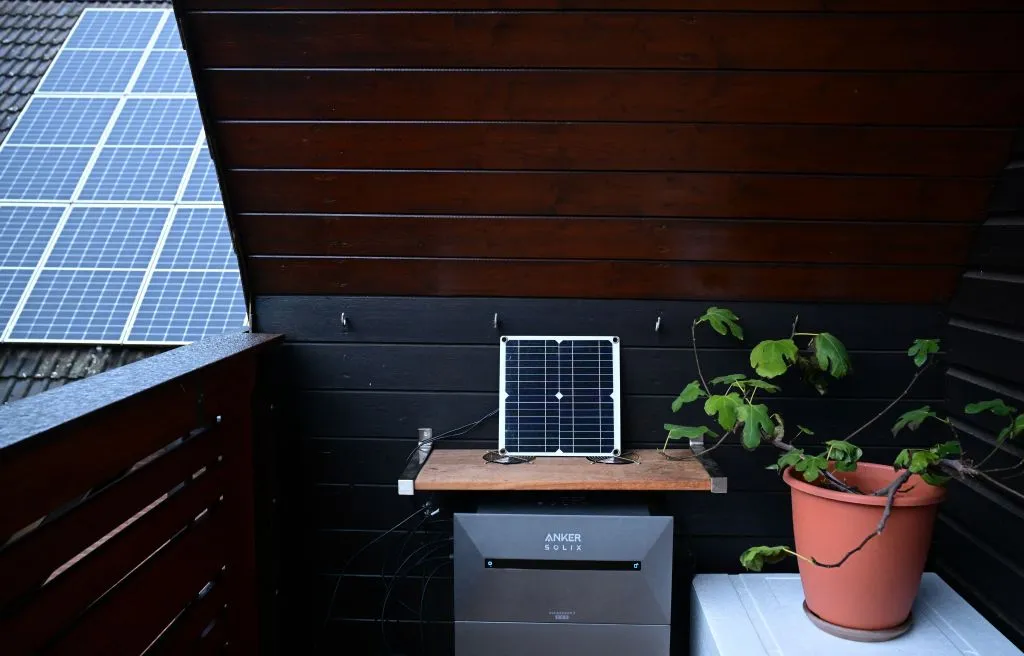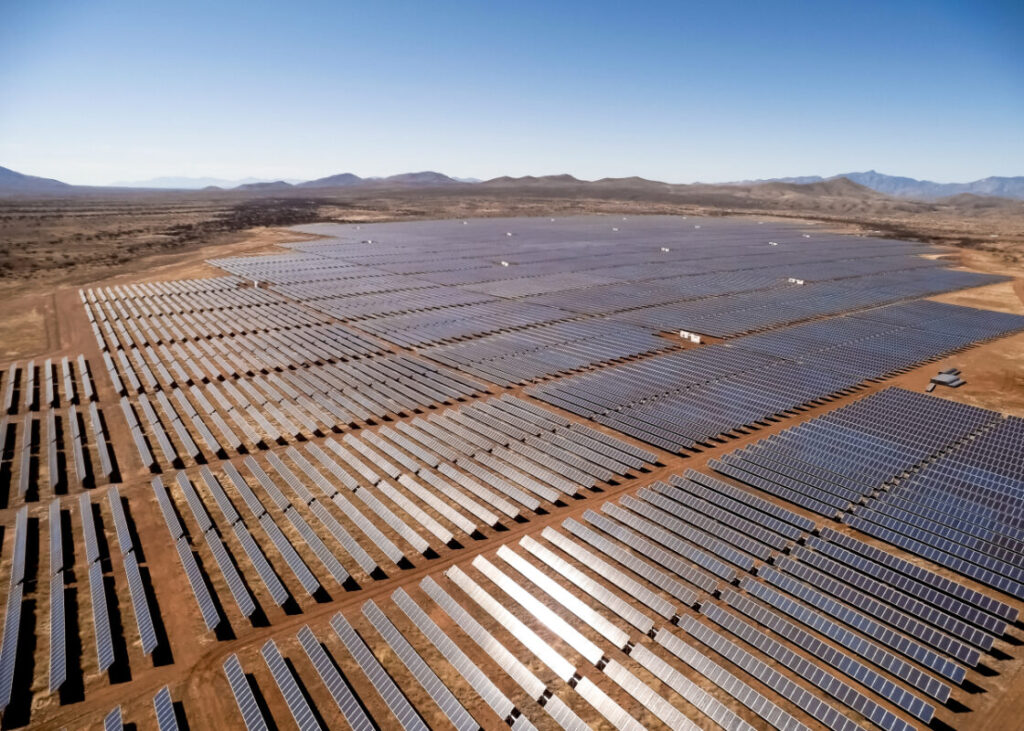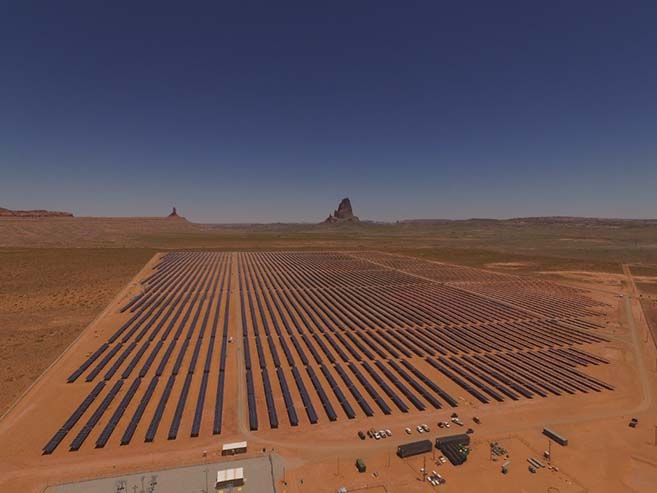HOAs and Condo rules and shit.
I wonder if you add an antenna and a small radio tower if OTARD would keep you protected? Gotta get power to it, so solar would make sense… hell, even a tv antenna with a booster would need power.
Quite the stretch. But also, who enforces that? The guy who wears a fucking gold Trump head pin?
Affording a balcony might be step one though.
I wanted an apartment with a balcony but they’re all $500+ more a month in rent then I’m already paying.
This isn’t for filthy renters
Having lived in a rental for many many years the inability to make small mods is SO annoying.
But this does beg the question, who OWNS a balcony. 99% of the home owners I know have single family houses. Granted I live in the south so owning an apartment is not the norm but I assume some people own an apartment in places like New York? But I’d assume people do?
I tried to look it up and from what I could find only about 15-17% of housing units in the US are apartments, and of those only about 15% own. So maybe 2% even have the opportunity. And this is assuming THOSE units have balconies, which I’m assuming only a small percentage of that 2% do. I’d think this is a major factor to balcony solar not taking off.
Owned apartments are just referred to as condos and presumably the condo owner owns the balcony while the “HOA/COA” owns the building.
Why? Landlords usually have more capital accessible to make this kind of move.
Because tenants pay for their own electricity so there’s no direct incentive for the owners to install solar in order to reduce a bill that someone else pays.
Tl;dr: Because we haven’t created a safety standard for it.
The lack of an Underwriters Laboratories (UL) standard is perhaps the biggest obstacle to the adoption of balcony solar. The company certifies the safety of thousands of household electrical products; according to Iowa State University, “every light bulb, lamp, or outlet purchased in the US usually has a UL symbol and says UL Listed.” This assures customers that the product follows nationally recognized guidelines and can be used without the risk of a fire or shock.
Safety standards? Sounds like anti-profit standards! Guess who DOGE is cutting next!
Oh, America? The one still clinging to 110V (thus more current) and in some cases using aluminum wires? The one where safety standards are for wussies? Yeah I wonder why.
American electrical systems are split phase 240V. If you want 240V, you just connect between both halves of the phase.
America has a lot of stupid, but the majority our electrical systems are very much NOT one of them.
I mean, your outlets definitely are, compared to what we have as a standard.
I will take Technology Connections’ opinion on it over yours, but yes having two pin outlets where if you start plugging it in the live connection is exposed during the process is very much stupid
Our household wiring standards are intrinsically safer than the UK. They need the overbuilt outlets and plugs that Technology Connections likes, because the UK took so many shortcuts on their building wiring.
Can’t really fault them: they developed those standards during a massive copper shortage. To minimize copper use, they ran as few circuits as they could, which means each circuit is drawing absurd loads. They developed “ring circuits” which used undersized wiring and are one loose wire away from an overload. They had to build excessive protections into their plugs so they could safely plug every device they owned into one high-power circuit.
We used dozens of properly-sized circuits.
Yeah, but why compare it to UK? It’s the US of Europe, compare it to the European standards.
You referred to Technology Connections. Unless I’m mistaken, he had an unhealthy obsession with UK plugs.
Except with proper arc and ground fault protection on a circuit, which is mandatory on basically everything in North America now, you could half insert a plug and stick your tongue to it without getting a shock.
He did day that about our plugs a lot. Maybe you would you like a link to the technology connections video saying basically exactly what @chronicledmonocle@lemmy.world said about our split phase 120/240 setup then?
And that’s better than 3 Phase 230V in what way?
Lower voltage is less deadly.
Having a multi grounded approach provides multiple layers of safety for shorts.
Just to name a few.
If Voltage of AC is above 50V, it will break your skin and then the current and time kills you.
https://www.electricaltechnology.org/2020/02/killer-current-voltage.html
Multiple grounds? There’s only one ground. You’re walking on it.

120V/240V, Split-Phase – Center-tapped
120V AC – 1-Φ = Any One Hot (L1 or L2) + Neutral Wire + Ground Wire120V/208V, 3-Phase – Wye
120V – 1-Φ = One Hot + One Neutral and Ground wire.120V / 208V & 240V, High Leg – Delta
120V – 1-Φ = One Hot + One Neutral and Ground wire.https://www.electricaltechnology.org/2023/03/standard-voltage-levels-in-us.html
Neutral and Ground are bonded at the first point of disconnect, which provides two paths to ground in the event a ground is lost was my point. Not that there are somehow “two Earth’s”.
It’s the same with 3 Phases, as seen in the source I provided.
Neutral doesn’t work as an extra safety line, because it’s connected to neutral in the device, not to ground.
Maybe dont make ridiculous claims when you don’t know what youre talking about. I hope you arent an electrician.
The majority of the rest of the world has 220-230v per phase, with three phases. using all three phases gives you access to ~400v
Most of Norway (my house included) is still stuck on IT, so 230V phase/phase.
The only place it really sucks is for modern induction hobs where 25A @ 230V is a bit low (5,75 kW, max on mine is 7,2 kW) and the EV charge box (3,6 kW or 7,2 kW max instead of 11 or 22 kW).They are however changing to TN for new areas.
Upside is that the earth current will be very small when you have a fault, so the system can function with it. I believe this is why critical institutions like hospitals run IT and not TN/TT.
Yes, and where I work the HV line is several times that.
America has a lot of stupid, but the majority our electrical systems are very much NOT one of them.
What? America has one of the most unsafe electrical systems in the world. You might as well just stick two unshielded wires out of the wall and be done with it, it would actually be more convenient about the same level of safety.
As for crossing the phases, yes you can do that but how many outlets are actually set up like that, you certainly won’t find an outlook configured like that in a bedroom. Each household probably only has one or two 240 volt outlets.
American electrical systems have bonded neutrals and grounds at the point of disconnect, so in the event of a ground fault, there are multiple layers of safety involved.
Lower voltage by using half of a split phase 240V means shocks are less deadly.
Electrical code also requires Arc and Ground fault protection on all circuits.
The biggest advantages to European electrical systems are smaller and fewer conductors, due to higher voltage, and appliances like kettles can draw more watts as a result.
Both systems have advantages and disadvantages, but saying that American Electrical systems are “the most unsafe electrical systems in the world” is bullshit. Visit India where people regularly hook up unsanctioned taps to live power lines or Central America where they put electric hot water heaters literally in the shower, conductors and all, almost always by Handyman Juan who doesn’t hook up any ground fault protection.
you certainly won’t find an outlook configured like that in a bedroom.
I’ve got one. My bedroom was designed to be able to use a 240v window air conditioner.
I don’t actually need that, because the house was renovated with central air, but the outlet is still there.
I’ve got a 30a 240v outlet behind my stove, a 50a 240v outlet in my garage. I wired an 80a 240v circuit for my parents hot tub. We’ve got no shortage of power here.
The only thing that annoys me about the North American power grid is that we only have three phase in commercial and industrial settings. We don’t bring three-phase power to the home.
You want to see stupid, go look at the ring circuits they play with on the UK grid. Completely unsafe.
Neither 110VAC or 240VAC is inherently more dangerous as long as the system is paired with the right gauge of wire. As for personal safety, both are more than capable of killing you regardless of amperage. 240VAC may even be a little more capable because it can push more current through the resistance of your body.
I’ll admit, American plugs/outlets leave a lot to be desired, but it’s not any more dangerous because of the higher current.
Yeah I mean, there are ish 130 million households in the US. If your way of doing up wiring was so bad, you’d have fires everywhere all the time.
It’s just a different way of doing it. Not better or worse, inherently.The only thing I thoroughly dislike that you guys do are wire nuts. I know I will piss of some American sparkies, but holy fudge they are crappy. When even the professionals can mess it up by twisting poorly/wrong, it’s bound to cause issues for less experienced people. Just use WAGO’s.
#SorryNotSorry!!
I imagine it’s because they’re bolted down quite well
Nah definitely the ATC shortage
I just took portable ones and ziptied them to my balcony connected to a solar generator. Works to feed all my electronics and server equipment. It only connects to the grid if its depleted, never feeds power back in.
So you can still do this in the states, so long as you’re not feeding into the grid.
Micro solar is doable for anyone with yard space though. Forget the grid and buy some battery storage, put all the electronics into a small shed (like a garbage can box or something, an enclosure to keep out rain). Put up panels anywhere you want. Run the inverter output into your house.
Got a friend with a cabin, and instead of a whole grid they found it simpler to plug their secondhand panels into a battery pack about the size of a car battery that has 110v, 12v, and USB outlets. They charge on the panels at home and it lasts the weekend at the cabin.
Ugh I really want to do this but it’s totally outside my skill set
If you have a few grand about, there are company that sell very easy to use kits that are quite handy.
Any recommendations would be appreciated
On YouTube I watch a guy Jay Legere who installed a Bluetti solar and battery system. I think that Anker has a system too.
“I don’t want no woke commie energy”
without reading the article I will guess… HOA regulations. How’d I do?
Not so good - issue is that your “code” for electrical installations doesn’t include balcony solar and that your institutions are not able to include it because of reasons that do not make sense to anyone outside the USA
Let me guess? Electric monopoly?
No, it’s electrical code. Standard outlets can’t be used to supply power because it means you have a plug that has exposed wires commonly called suicide wires. While these balconey top solar likely use grid following so it has to detect a grid voltage, the electrical code doesn’t consider it AFAIK. This rule is for safety and because it would only power half your house because there’s only one leg per 110 outlet.
Or the fact that most people with balconies live in rented apartments and apartment managers aren’t going to pay to subsidize an electric bill that tenants are entirely responsible for paying.
Yep. My apartment has restrictions in the lease that would prevent me from clamping solar panels as pictured.
Honestly I’m surprised a republican is pushing for solar energy.
Also, I’m not sure how much those in the article cost, but the kind you bolt down to a roof can easily cost you into the thousands, so it takes a while for them to pay for themselves, which isn’t something everybody’s going to be okay with.
Because they don’t have propellers?
With the current FAA problems, do y’all really want more things taking off?
In countries like Germany, balcony-mounted solar panels are all the rage.
First image is of an overcast sky with a guy with two nearly-vertical solar panels

Third image is of a small solar panel under a roof receiving a little bit of light at an extreme angle through an opening in a covered attic balcony

Here’s a solar farm in the US:
https://www.energy-storage.news/wp-content/uploads/2024/08/de-shaw-1024x731.jpg

It’s pulling a lot more power per panel.
Another:
https://www.fhwa.dot.gov/ipd/images/project_profiles/img_az_navajo_nation_kayenta_solar_program.jpg

Another:

Does it make sense to stick solar panels on a house relative to drawing power from a solar farm? Sure, it can, if your house is remote and it’s costly to connect it to the grid, or if what you’re after is a secondary, backup source of power if you lose grid connectivity.
But if what you want is cost-effective generation, it’s preferable to stick a panel on a solar farm somewhere where one can leverage economies of scale, maintenance is easy and done by someone who maintains a ton of these on a regular basis, and where you’re optimizing location and panel orientation for solar potential.
Like, if you want more solar power on the European grid, you probably want more solar farms in Spain, which has substantially more solar potential than Germany:
https://globalsolaratlas.info/
Not someone sticking them on their balcony in Germany.
What Germany could do to help solar and wind, if it wants to do so, is drop complaints about building (inexpensive) above-ground transmission pylons, which would help smooth out different generation at different locations on the European grid.
Farmers and grid operators demand end to rules prioritising underground power lines in Germany
The Federal Requirement Plan Act (Bundesbedarfsplangesetzes), which provides a legal framework for the construction of the high-voltage transmission lines needed to reshape the power grid as ever-more of Germany’s power supply comes from renewables, prioritises underground cables over the construction of visible pylons, which have been met with public resistance.
“So far, we are assuming that all projects will be realised as underground cables,” a BNetzA spokesperson told the paper.
EDIT: If you want to criticize the US for something as solar goes, it’d probably be Trump throwing tariffs on everything, which makes it more costly to deploy solar panels and other electrical hardware manufactured abroad.













